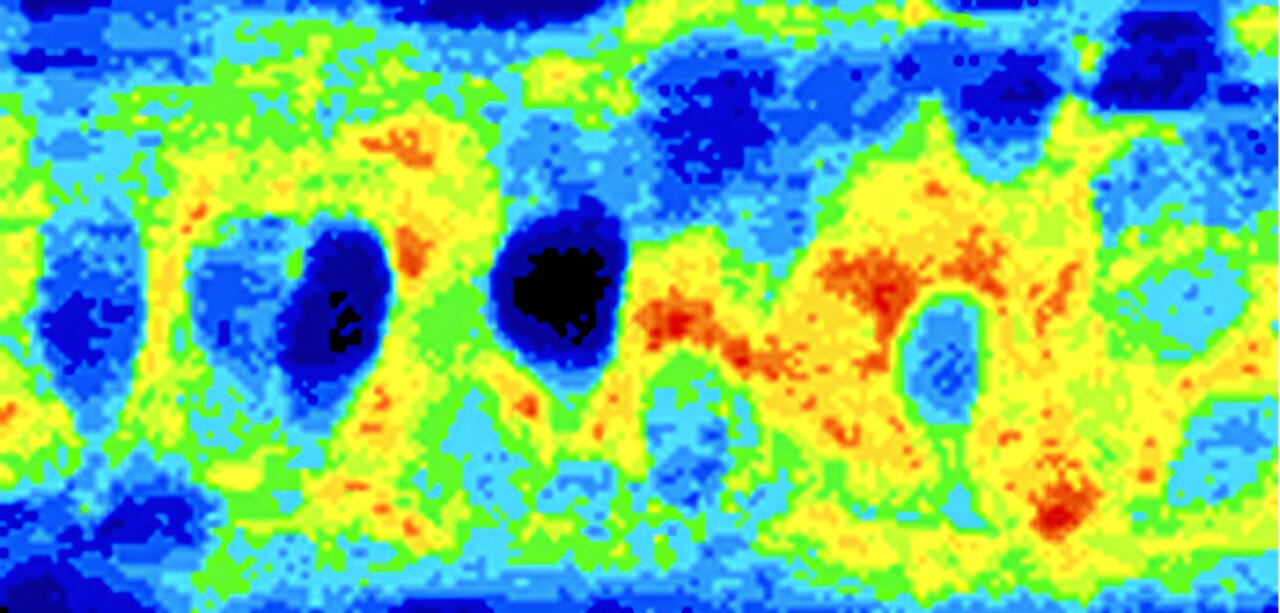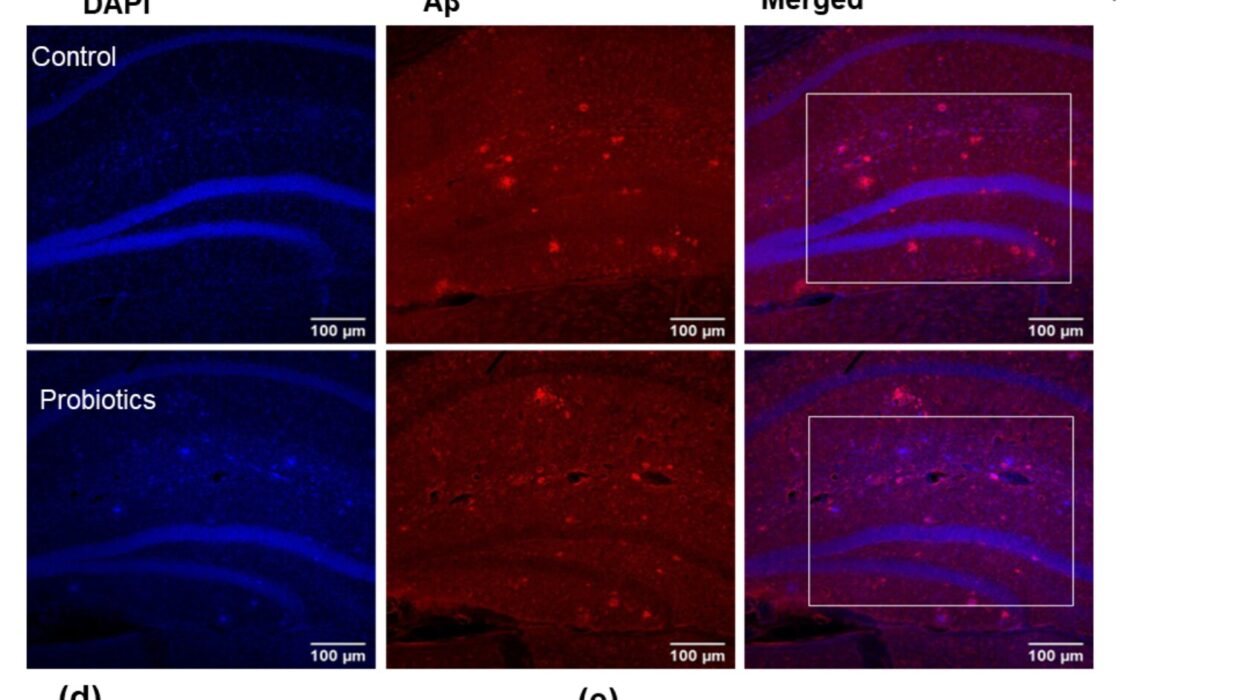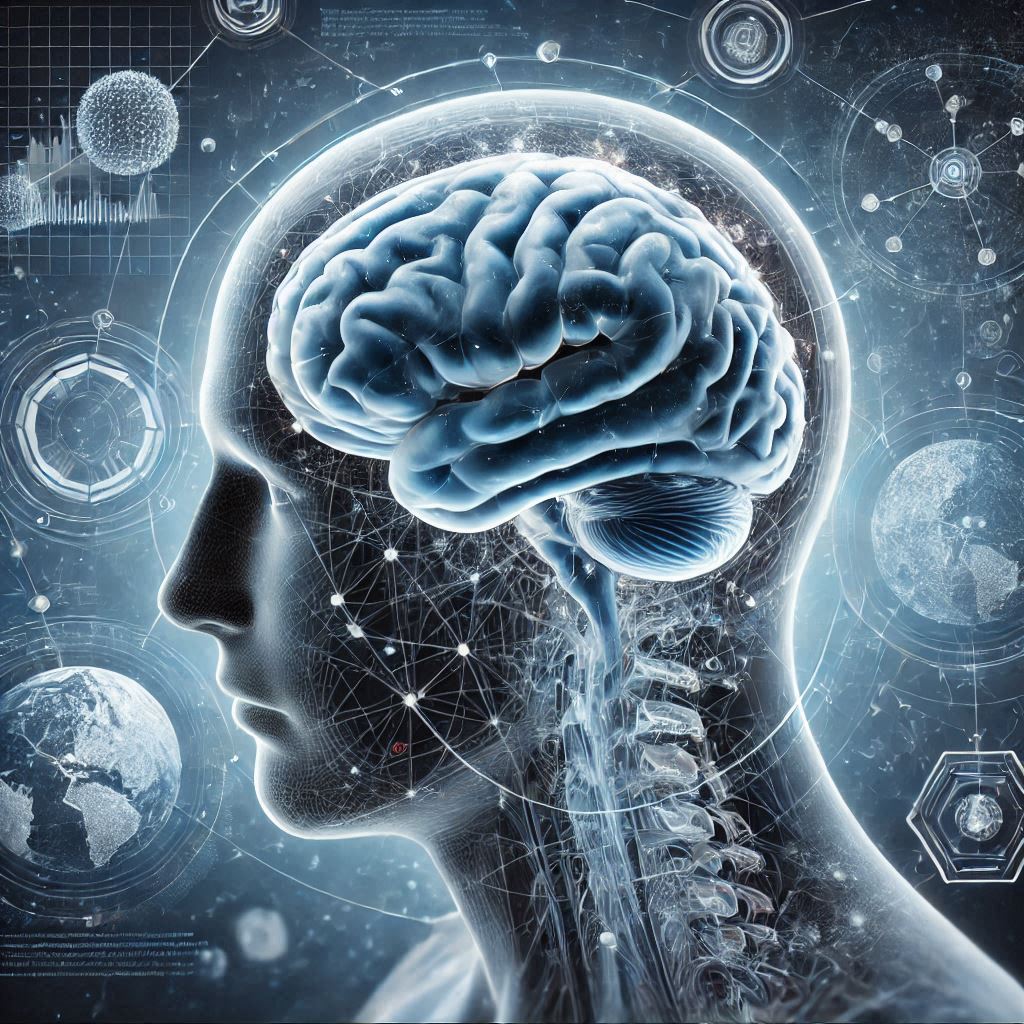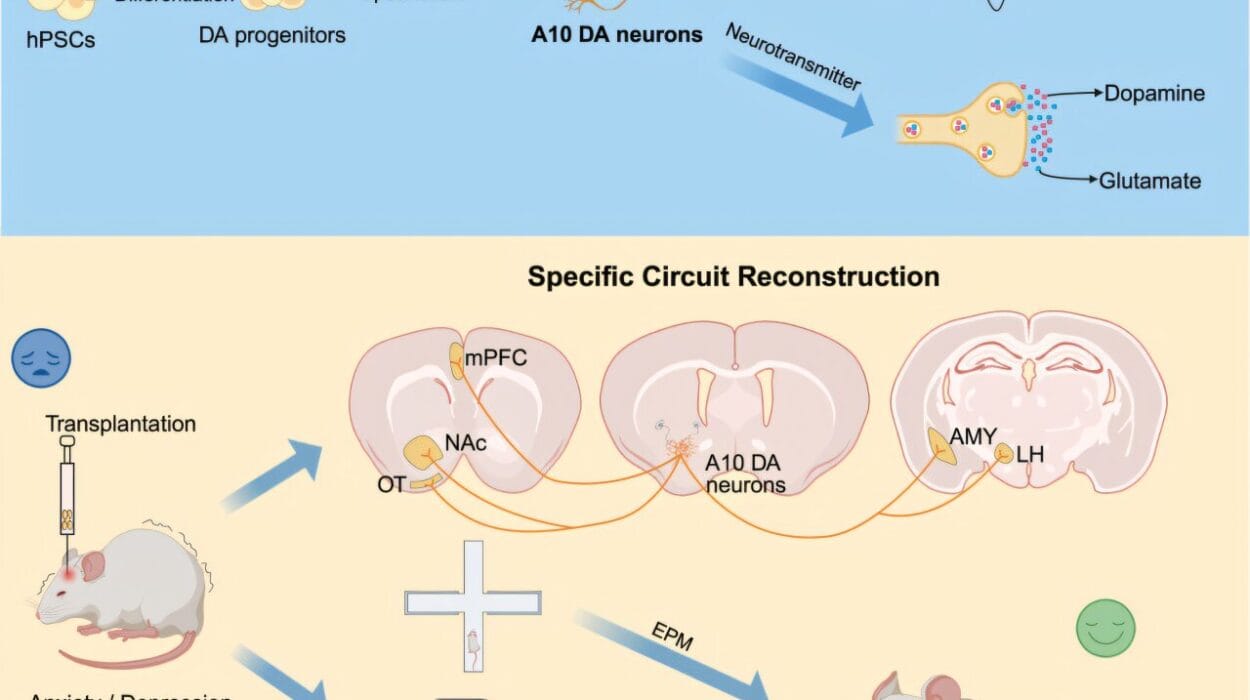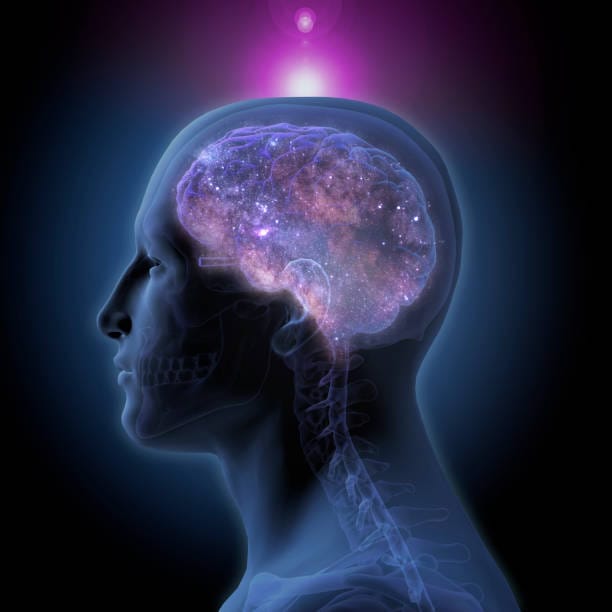ALS — amyotrophic lateral sclerosis — is a disease that is as cruel as it is puzzling. It strips people of the ability to move, speak, and eventually breathe, while leaving thought and awareness intact. It is uniformly fatal, and despite more than 150 years of scientific effort, medicine still cannot explain fully why the disease attacks only one class of cells: motor neurons. The brain’s memory cells survive, sensory cells survive, even the neurons that control vision survive. Only the neurons that command the body’s muscles wither away. A new study offers perhaps the clearest answer yet.
Published in Nature Communications, the research led by Kazuhide Asakawa reveals that the very trait that makes motor neurons powerful — their size and metabolic demand — is also what makes them fatally vulnerable. Using transparent zebrafish engineered for single-cell imaging, the team watched living neurons in real time and traced the invisible burdens inside them. What they saw reframed the disease entirely.
Big Neurons, Big Burden
Among all motor neurons, the largest spinal motor neurons are the workhorses of movement. They drive strong contractions — the movements used to stand up, lift, walk, and breathe. These cells are immense, with long axons stretching across the body, and they consume huge amounts of energy. To sustain themselves, they constantly break down worn-out proteins and damaged organelles through autophagy, the proteasome system, and the unfolded protein response — the cell’s core “housekeeping” machinery.
In most cells, these repair systems activate only under stress. In large motor neurons, they are already running at full speed even under normal conditions. This means these cells live perpetually on the edge: always repairing, always degrading, always working at metabolic capacity. What other neurons use episodically, motor neurons need continuously just to stay alive.
The new study shows this intrinsic burden is not a byproduct of disease — it is the baseline state of a healthy motor neuron. ALS, then, does not create the stress but rather pushes an already stressed system past its limit.
The Tipping Point: When Protection Becomes Damage
The team went further and examined what happens when TDP-43 — a protein whose malfunction is implicated in most ALS cases — is lost. The initial effect seems paradoxically beneficial: the already heightened degradation systems accelerate even more, helping the neuron grow its axon. But this comes at a cost. The acceleration adds yet more strain to systems already operating at capacity. What begins as protection becomes overload.
Over months and years in a human nervous system, this unrelenting metabolic and proteostatic strain may slowly grind the neurons into failure. The study suggests that ALS does not strike motor neurons because they are weak, but precisely because they are the strongest, the most active, and the most metabolically expensive cells in the motor network. They are living under permanent pressure — and ALS amplifies that pressure until survival is impossible.
A Shift in Therapeutic Thinking
For decades, ALS research has looked outward — searching for toxic triggers, immune attacks, environmental exposures, misfolded proteins that appear as disease unfolds. This study suggests that part of the answer lies inward: in the internal architecture and lifestyle of motor neurons themselves. These cells are born with an extraordinary metabolic price tag, a constant internal struggle to stay clean and functional. ALS appears to exploit a pre-existing weakness in the way these neurons must live to perform their job.
This insight opens a new therapeutic logic. If these neurons die because their degradation systems are overwhelmed, then reducing their burden — rather than stimulating more clean-up — might extend survival. Instead of pushing more stress response, the goal may be to lower baseline strain: reduce metabolic load, slow protein turnover, or support energy economy so these neurons do not burn out from the work they are built to do.
Understanding a Relentless Disease
ALS has been medically confounding because it is both precise and unforgiving. Only certain neurons fail, and once decline begins, it does not stop. This new research makes sense of that selectivity: the neurons die first not because something uniquely disastrous strikes them, but because they are primed by design to suffer when even a slight disruption tips their balance.
By demonstrating, at single-cell resolution, that large motor neurons live with a chronic degradation burden that is intensified by the molecular defects linked to ALS, the Asakawa team brings clarity to a fundamental question in neurodegeneration. They did more than show how motor neurons die — they showed why these neurons are the ones that do.
ALS remains incurable, but understanding the rules by which cells break is the first prerequisite to learning how to keep them alive. This work turns a long-standing medical riddle into a tractable biological principle: vulnerability may not come from weakness but from the very demands of strength.
More information: Nature Communications (2025). DOI: 10.1038/s41467-025-65097-0
